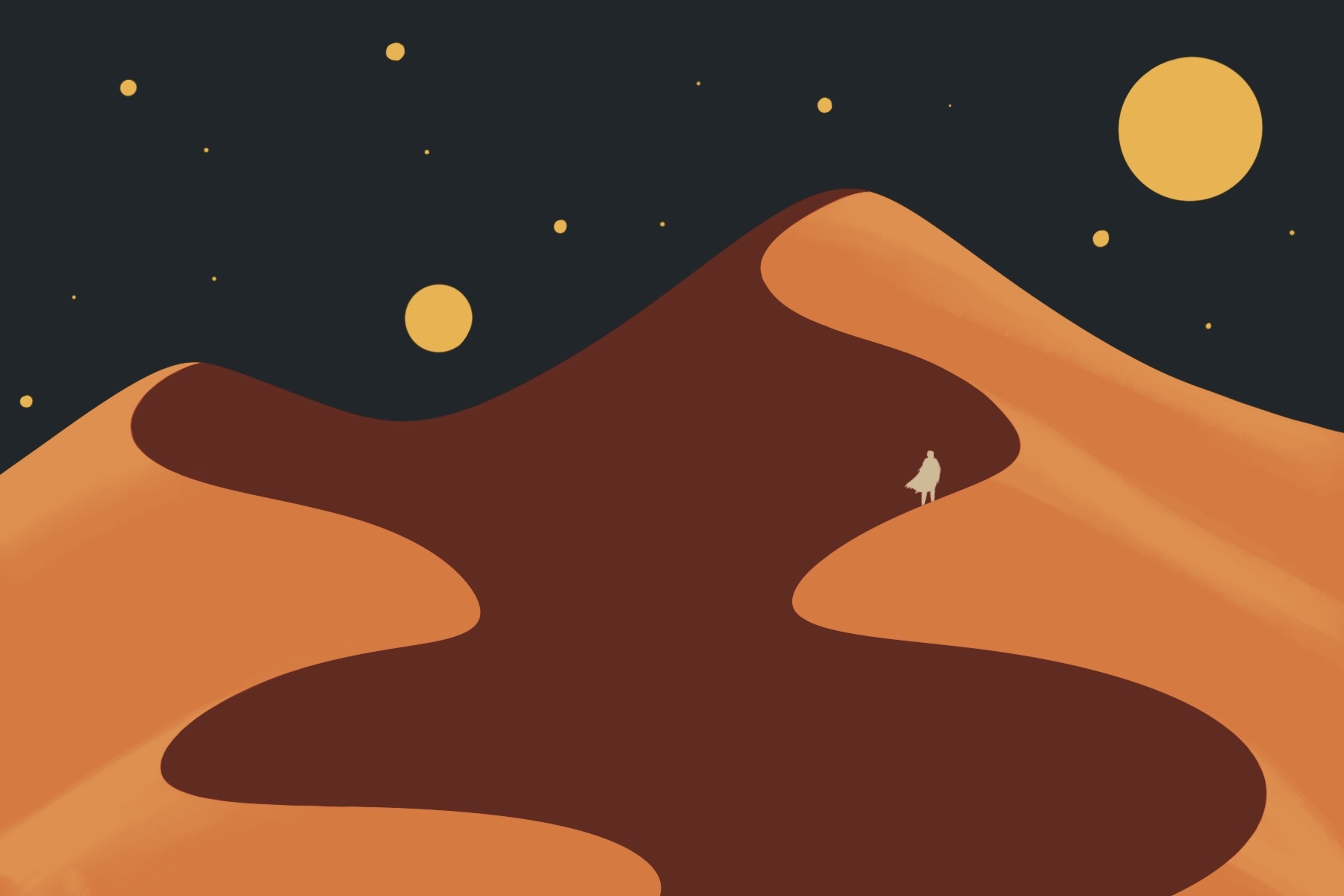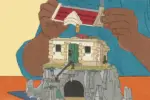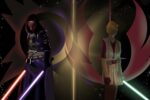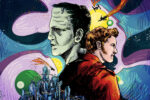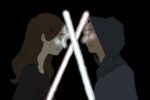During the late 1960s and 1970s, science fiction took over Hollywood. Starting in 1968, audiences were blown away by Stanley Kubrick’s “2001: A Space Odyssey” and Franklin J. Schaffner‘s “Planet of the Apes.” In the 1970s, science fiction went from relative obscurity to global popularity. Geoge Lucas introduced audiences to the world of “Star Wars” and Ridley Scott terrified them with the help of the xenomorph extraterrestrials in his film “Alien.” Audiences adored these films due to their innate ability to illustrate the endless possibilities of the future.As Hollywood expanded these successful films into franchises, creatives sought out the source material for the next big sci-fi blockbuster.
The Making of ‘Dune’
In the mid-1970s, the producer for “Planet of the Apes,” Arthur P. Jacobs, acquired the rights to adapt Frank Herbert’s science fiction novel, “Dune,” into a film. Before Jacobs could assemble a crew to produce the film, he passed away in 1973. From there, French consortium Jean-Paul Gibon optioned the film’s rights and attached Alejandro Jodorowsky as the director. However, due to the film’s 10-14 hour runtime and large budget, studios were unable to green-light it. Due to the intricacies of the various planets and social groups within the world of the novel, “Dune” needed to be a three-hour epic to avoid any plot holes.
In the 1980s, the rights were passed to producer Raffaella De Laurentiis who hired director David Lynch to write and direct the adaptation. The rough cut of the film had a three-hour runtime, but Universal Studios made Lynch shorten the film to two hours and 17 minutes. “Dune” was released in theaters on Dec. 14, 1984, and was not received well by critics or audiences. The film was a box-office flop; it only made 30.9 million dollars, despite having a 40 million dollar budget. To this day, Lynch admits that he regrets making the film, as he never had full creative freedom. Nevertheless, the film slowly became a cult classic to fans, as they were able to understand the original film’s visual direction. Despite the film’s deviation from the source material, Lynch was still able to illustrate the world of “Dune” through his surrealistic style and practical effects.
The World of “Dune” Explained
The film takes place in the year 1091, and humans are at war with artificial intelligence. As time progressed, humans evolved into multiple social groups with enhanced supernatural abilities. These groups include biological computers, psychic witches and prescient space pilots. Each of these groups seeks to expand and rule their universe.To maintain their physical and mental abilities, they rely on a mystical crop called “the spice.” The spice grants humans the mental ability to live longer, and makes space travel possible. This crop is only located on a planet called Arrakis, also known as Dune. The planet is controlled by a royal family named the House of Atreides.
When another noble family, the House of Harkonnen, attempts to seize the spice and expand, Paul Atreides must prevent them from laying claim to his family’s territory. He leads the native people of the planet, the Fremen, in the fight to reclaim the land from his nemesis, Baron Harkonnen.
David Lynch’s Dream Visuals
Throughout the novel, Atreides has dreams and visions of the future. In the beginning, the film introduces the character through a dream sequence. As Atreides sleeps on his bed, he dreams about Feyd-Rautha (Sting), the Baron’s nephew and Chani (Sean Young) his Fremen love interest. Lynch’s surrealistic dreamscapes foreshadow Atreides’ interactions with these characters; this distinct visual style enhances Atriedes’ vulnerability and fear of the future. Atriedes’ dreams reveal his struggle with self-doubt as he leads the Fremen to overtake the House of Harkonnen.
A scene that best represents Lynch’s direction takes place moments before a floating poison needle appears to stab Atriedes. As Atriedes looks out the window, the screen cuts to an extreme close-up of his eyes. Slowly, this shot overlaps with the establishing shot of his bed. Suddenly, the scene cuts to footage of flames, followed by a zoomed-in shot of a psychic witch. Water droplets fall into a puddle and create ripples, a green moon glows forebodingly. A wide open hand, overlapped by rippling waves, grows closer and closer as Atriedes voice whispers “Am I the one?” This absurdist montage perfectly captures the chaos within Astriedes’ mind. Lynch’s use of symbolic imagery prompts his audience to search for meaning behind these visuals, whether it exists or not.
The Sandworm
Modern audiences will appreciate how visually stunning the sandworm looks on screen. The 400-meter behemoth has a cavernous mouth that consumes any objects that get in its way. In a film rife with dated visual effects, the mesmerizing monster is a breath of fresh (albeit sandy) air.
Conclusion
Even though Lynch’s “Dune” is not perfect, some critics overlooked the film’s greatest strengths. The design of the sandworm and Lynch’s surrealistic approach to the film’s various dream sequences provide audiences with a different cinematic viewing on “Dune” than the latest version by Denis Villeneuve. If you were fan of this version, then considered watching Lynch’s take on the story due to having dreamlike visuals presented throughout the film.


